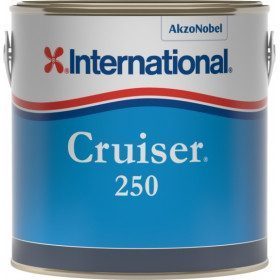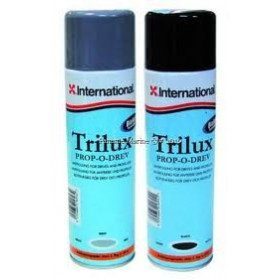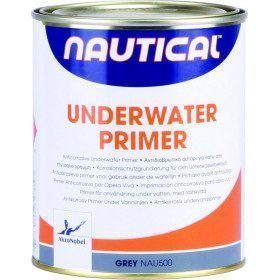Our advice for choosing your antifouling

As soon as your boat is going to stay at anchor, on a trunk or on a pontoon for a month or two, it becomes necessary to apply one (or two) coats of antifouling on the living works, which is currently the most used solution in yachting. As there are many different brands and types, Picksea's experts will guide you in your choice.
.png)
Antifouling is a paint called "anti-fouling" whose characteristic is to have biocidal products which will prevent or more exactly slow down the fixation of vegetation and underwater fixed fauna (algae, ascidians, sponges, shells, etc...) on the submerged part of the hull. However, this biocidal capacity will lose its effectiveness over time and it is necessary to apply one or two coats of antifouling, especially during the refit.
Why is it important to have a clean and "smooth" hull?
.png)
Simply to limit the resistance to friction in the water and thus allow the boat to move forward better. In sailboats, the impact of the hull cleanliness on the boat speed is relatively important and a good antifouling allows the boat to maintain a good level of performance. In motorboats, fuel consumption is directly dependent on the cleanliness of the hull. The choice of antifouling is therefore essential when you want to give your boat the ability to sail in good conditions.
What types of antifouling exist and how to choose them?
There are two main families of antifouling: "hard matrix" and "erodible" plus a compromise between the two called "semi-erodible".
The "hard matrix" antifouling: it contains a high content of biocidal elements which are included in a hard and resistant paint which ensures a good protection against the fixation of plants and animals. This type of antifouling is more suitable for :
- Fast boats,
- Those moored in areas with strong currents,
- Boats that run aground at low tide
- Boats that spend a lot of time without being used
The advantages of hard matrices lie in their resistance: they are more suitable for (small) snags and scratches that can be made when beaching or on a trailer as well as for boats that operate in tidal areas or with which one envisages long crossings.
The major disadvantage is that the hull must be regularly sanded to avoid accumulating "layers" of paint year after year.
Erodible" antifouling: they are made with a resin designed to "erode" with the friction of water on the hull. They generally contain less biocides because the latter remain more active with the erosion of the resin layer. The hulls remain smoother and glide better. This type of antifouling is preferred for boats that :
- Are moored in harbours or areas without current
- Sail at low speed
- Do not run aground and do not park on a trailer or in a dry port
The main advantages of these antifouling products are that they are much easier and faster to apply during refit and the hull is more slippery and smooth.
.png)
Semi-erodible antifouling are a compromise between the two and like all compromises, they don't have the advantages of the other two, however they do have their disadvantages.
If you have any doubt, please contact the Picksea team at 02 97 11 80 95 or contact@picksea.com to guide you in your choice.
.png)
Linked products









 By Marie de Picksea
By Marie de Picksea